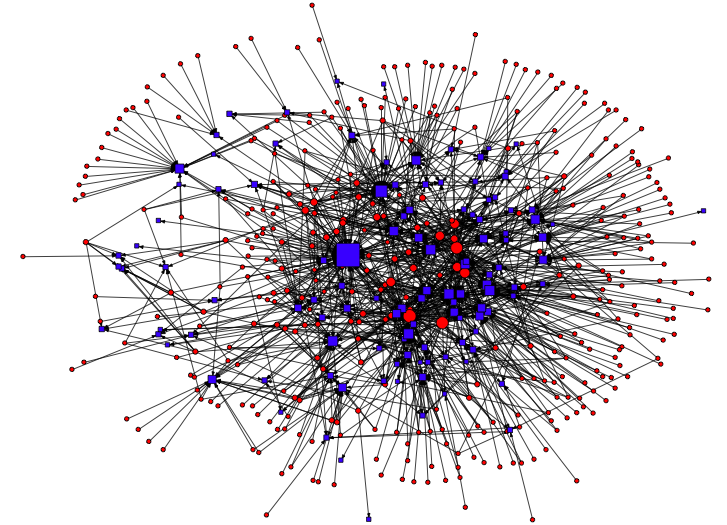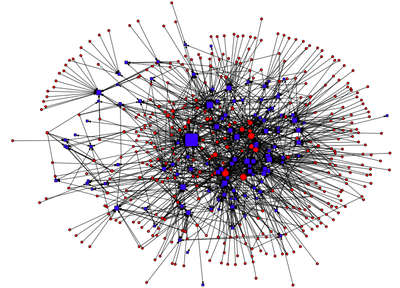Institutions and Cooperation in an Ecology of Games 1.0.0
Dynamic bipartite network model of agents and games in which agents are either cooperators or defectors and can participate in multiple public goods games. Examines multiple institutions for maintaining cooperation: capacity constraints, cognitive constraints, reputational exclusion.
Used by two papers:
[1] Smaldino PE, Lubell M (2011) An institutional mechanism for assortment in an ecology of games. PLOS ONE 6(8): e23019.
[2] Smaldino PE, Lubell M (2014) Institutions and cooperation in an ecology of games. Artificial Life 20: 207–221.

